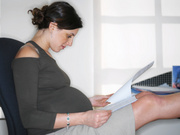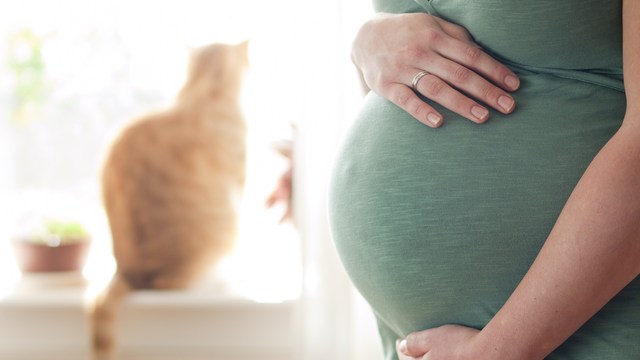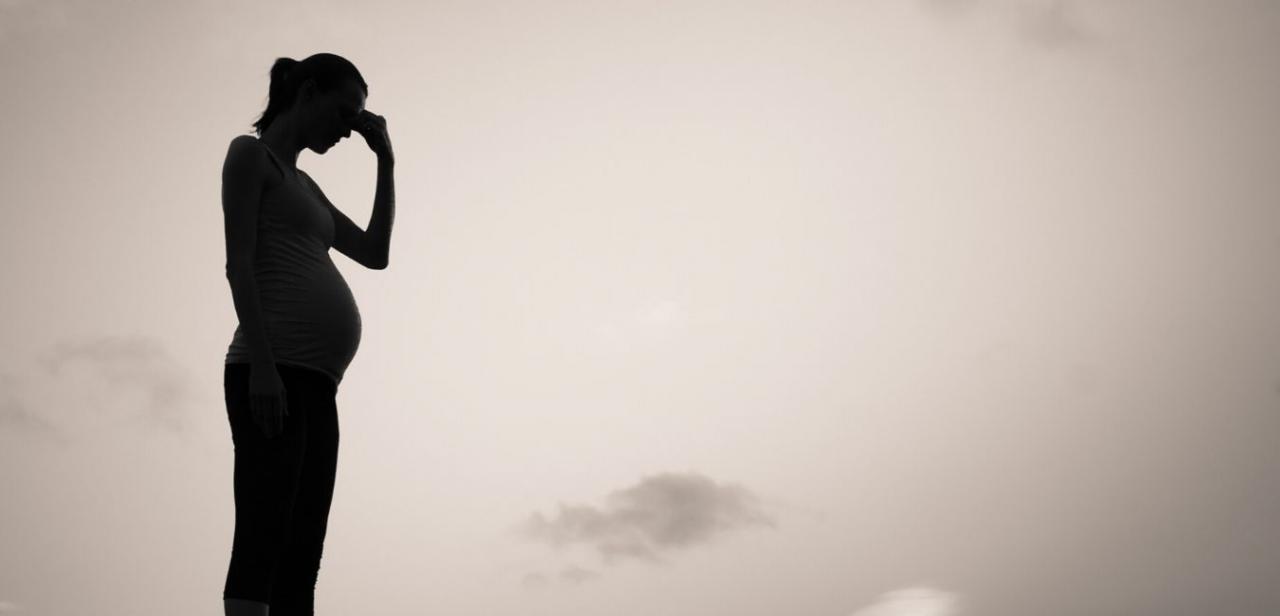
I was out walking the other day when I happened to notice the lady in front of me. She seemed so out of shape. She was trudging along with difficulty, and from the back, I could see she needed to be out there just as badly as I did. Her legs were so big that they just seemed to melt into her unusually sized ankles. When I finally caught up with her, which wasn’t hard to do, I realized why she was having difficulty. She was pregnant. Her belly stuck out about 7-8 months, her walk was really a wobble and her ankles were big because they were swollen, a common thing among pregnant women.
The Mayo Clinic indicates that swollen ankles may happen because the body produces and retains more water during this time. Additionally, the extra weight gained puts pressure on your veins which affects the blood flow to your heart. This tends to lead to swelling in the lower extremities.
As always, the Mayo Clinic lists helpful tips to manage this problem:
• Stay off your feet. Avoid standing or sitting with your feet on the floor for long periods. Don't cross your legs. When you can, sit with your feet up and occasionally rotate your feet at the ankles. Better yet, lie down with your legs elevated.
• Wear loose-fitting clothing. Avoid tight cuffs or jewelry around your ankles and wrists.
• Sleep on your side. It also may help to elevate your legs slightly with pillows.
• Stay cool. Heat can aggravate swelling during pregnancy. It might be soothing to apply cold-water compresses to swollen areas.
• Soak in a large tub or pool. The weight of the water pressing against your body may help reduce swelling.
• Include physical activity in your daily routine. Take daily walks, ride a stationary bike or swim laps in a pool.
But as with most things, there are exceptions. You are advised to contact your physician or get medical assistance if you experience severe or sudden swelling or swelling in one leg. Severe swelling could be a sign of preeclampsia, a very serious condition. Additionally, signs of preeclampsia are listed as headaches, blurred vision and rapid weight gain. Lastly, swelling in one leg could indicate a blood clot. Both of these conditions necessitate immediate medical attention.
Resource: Mayo Clinic
Dita Faulkner is a freelance writer that continues to service her community in Tennessee.





Add a CommentComments
There are no comments yet. Be the first one and get the conversation started!